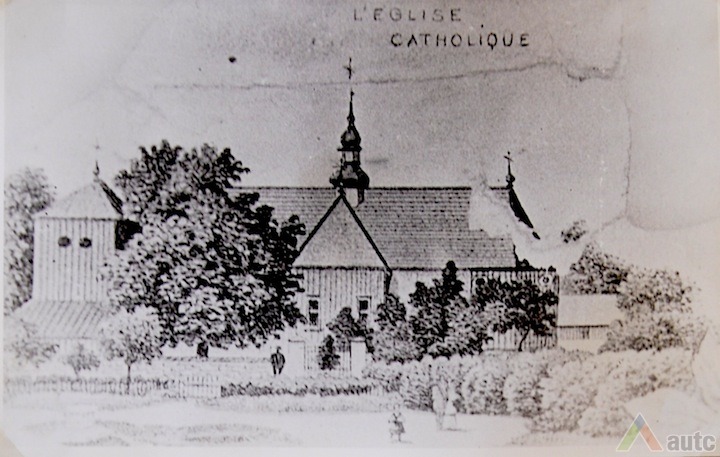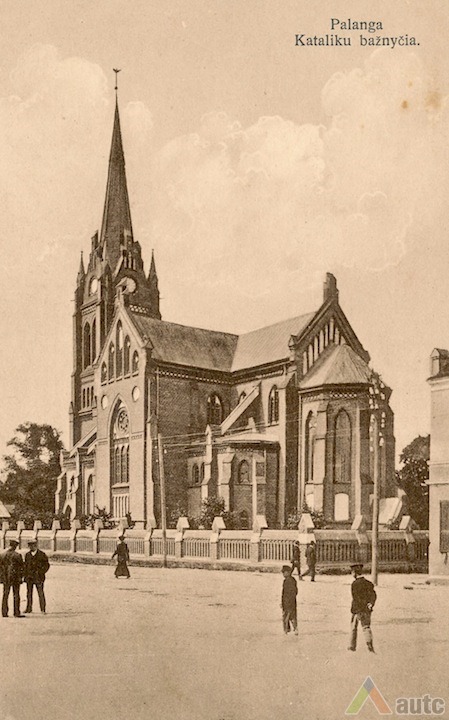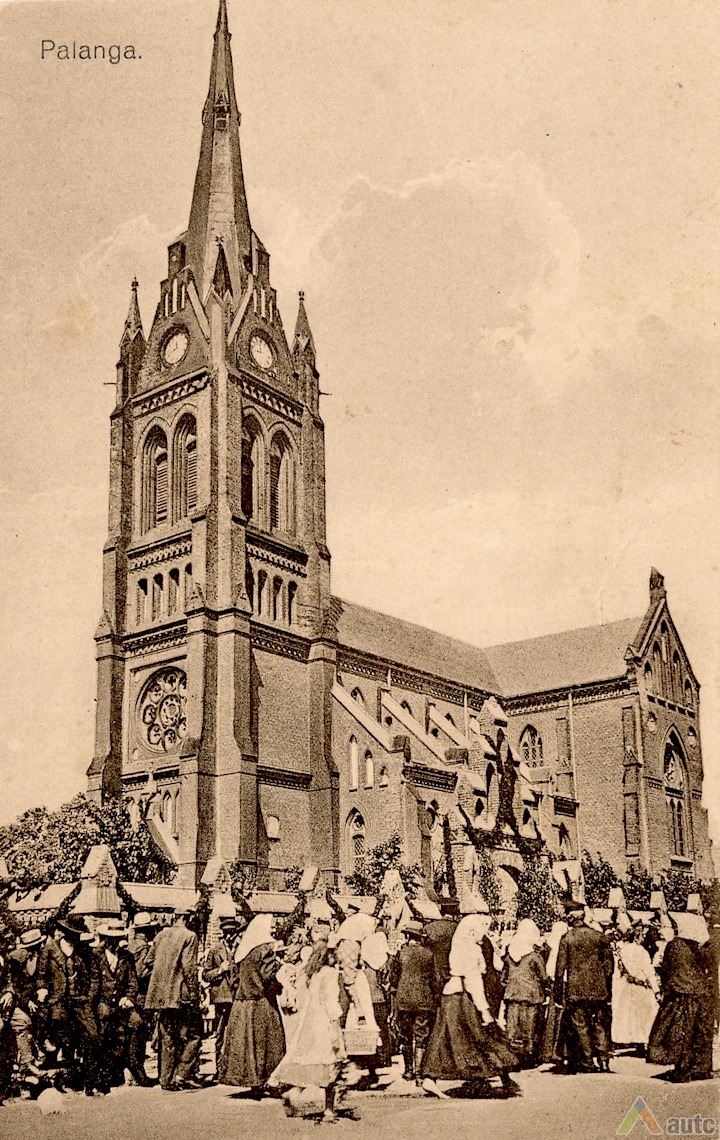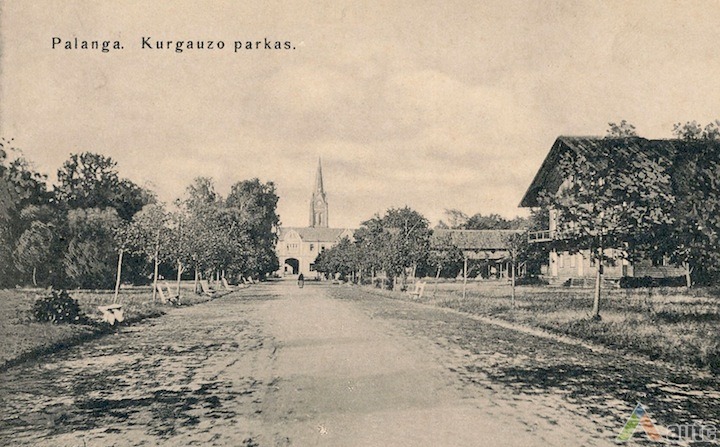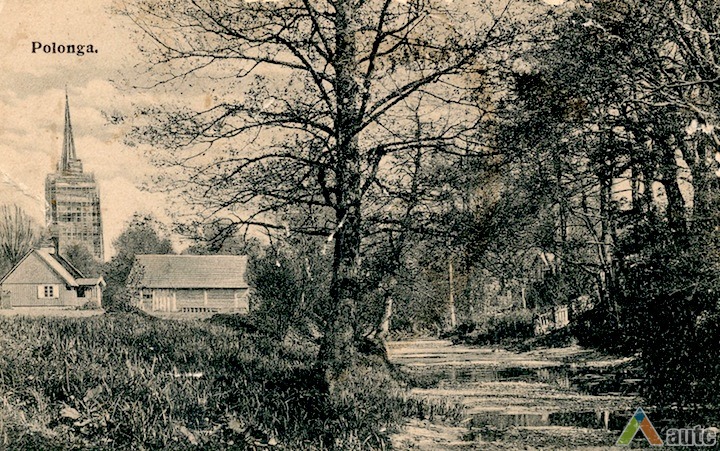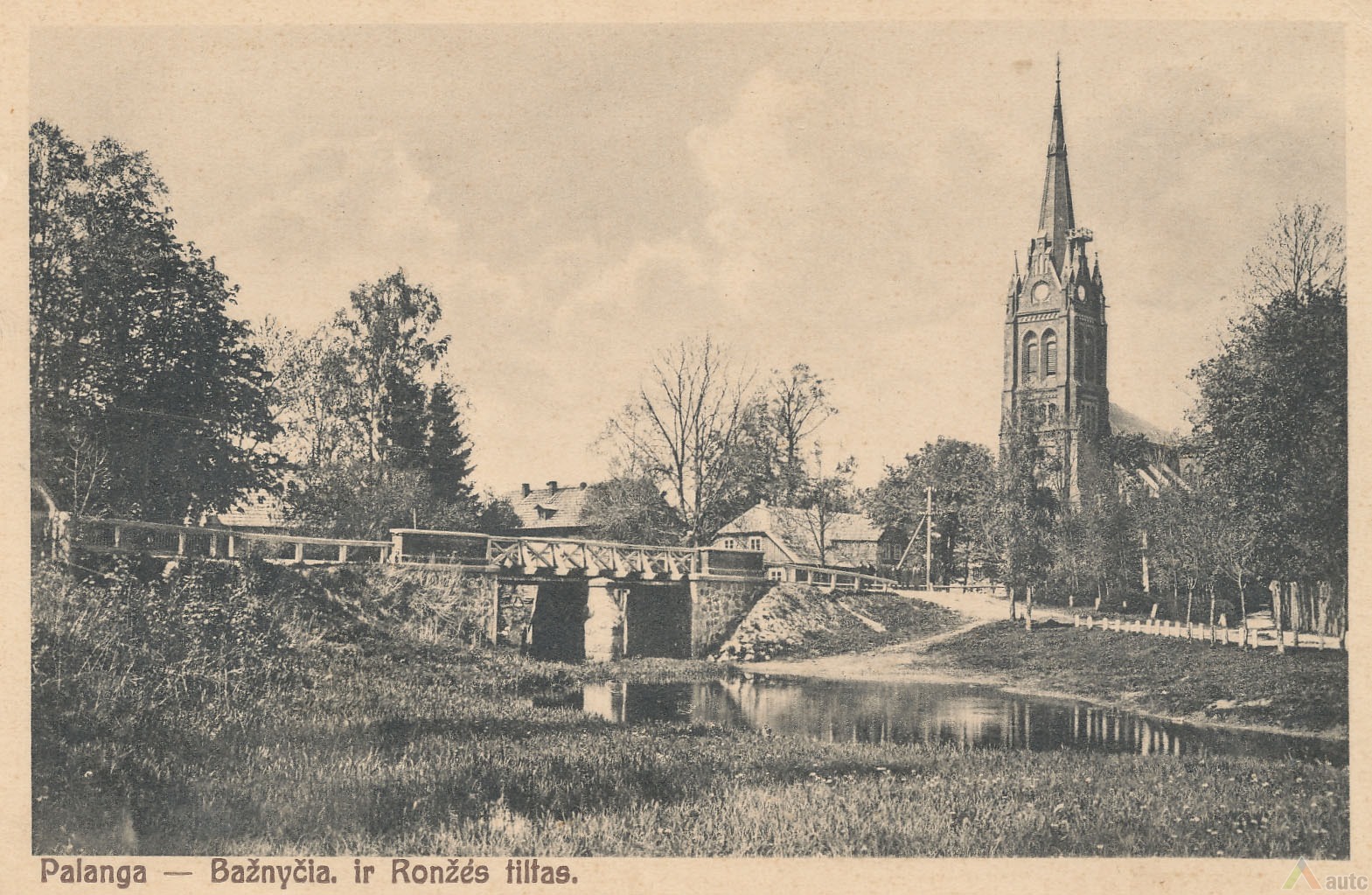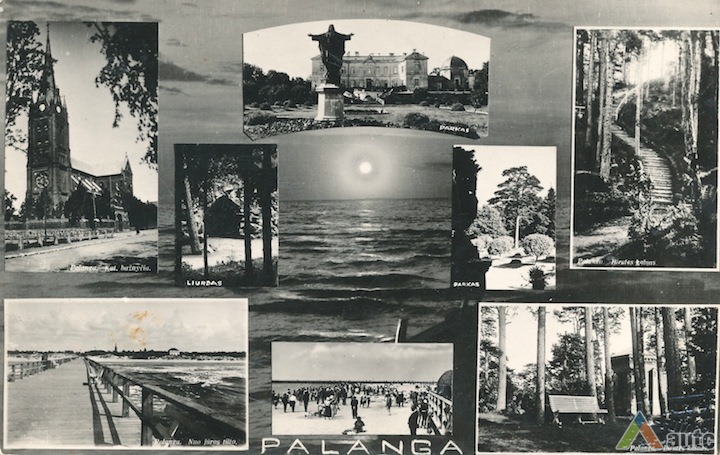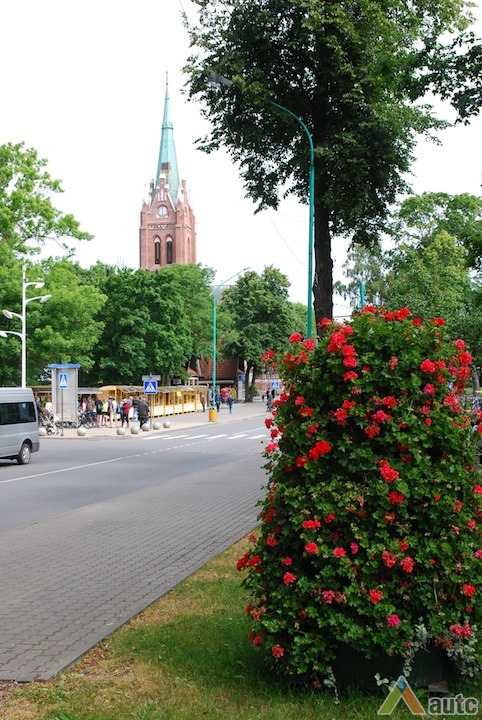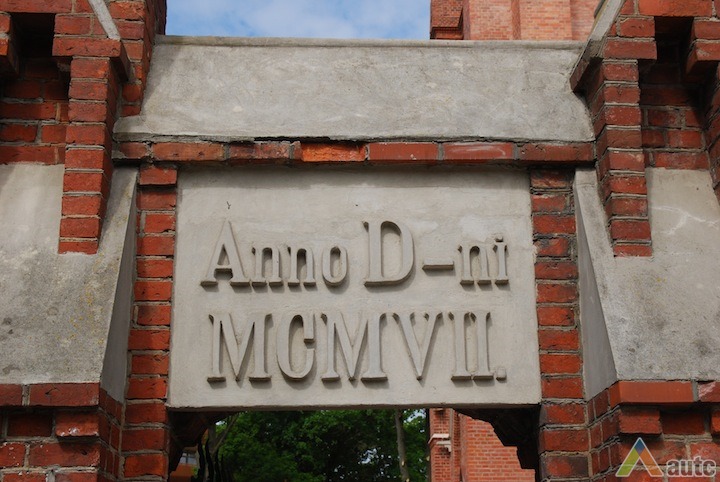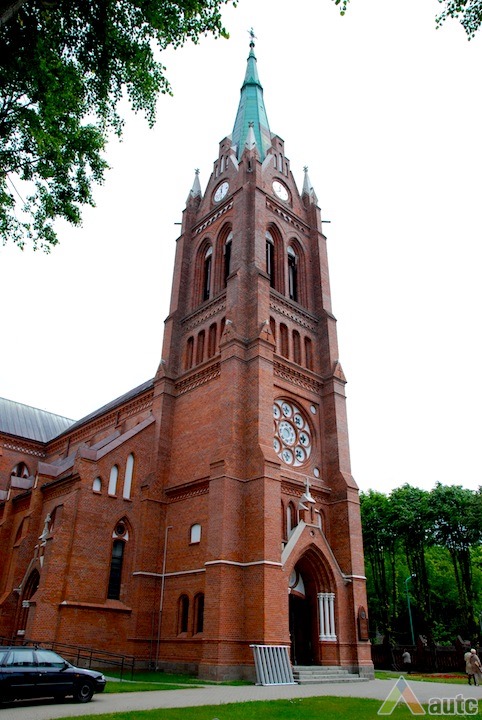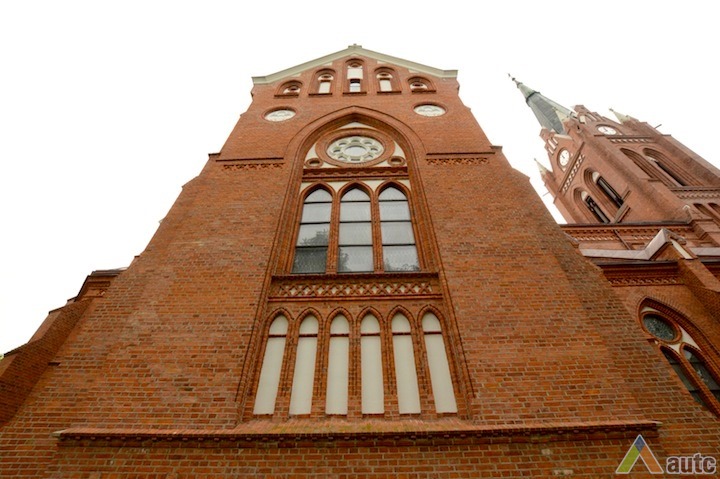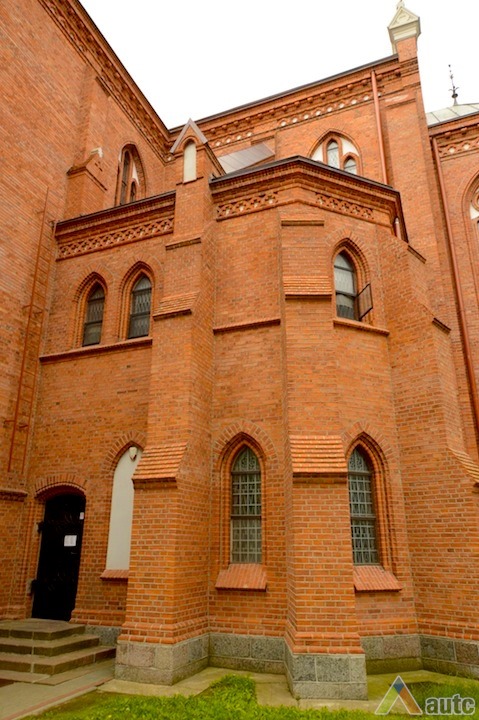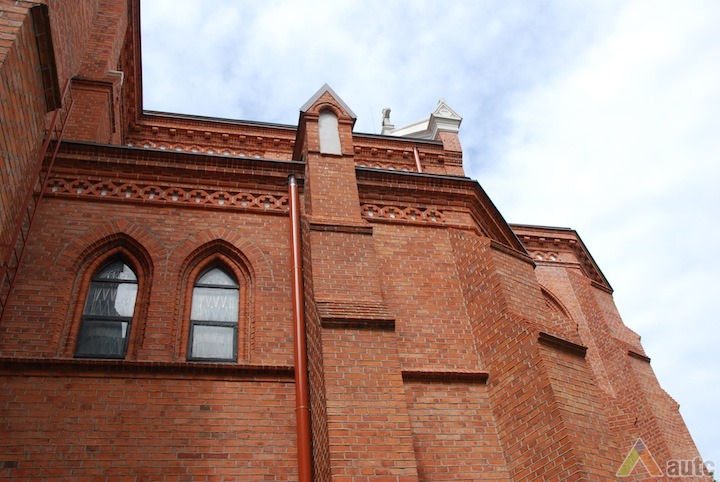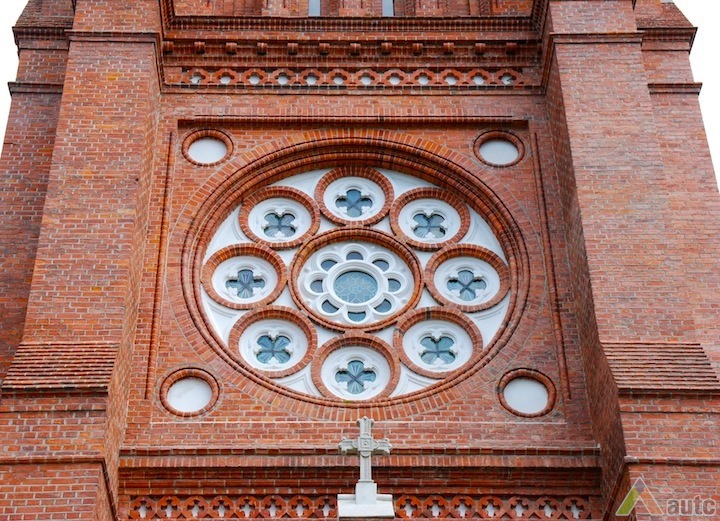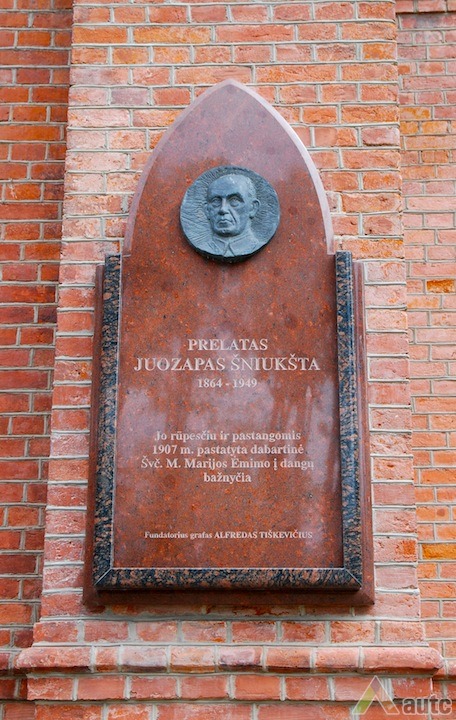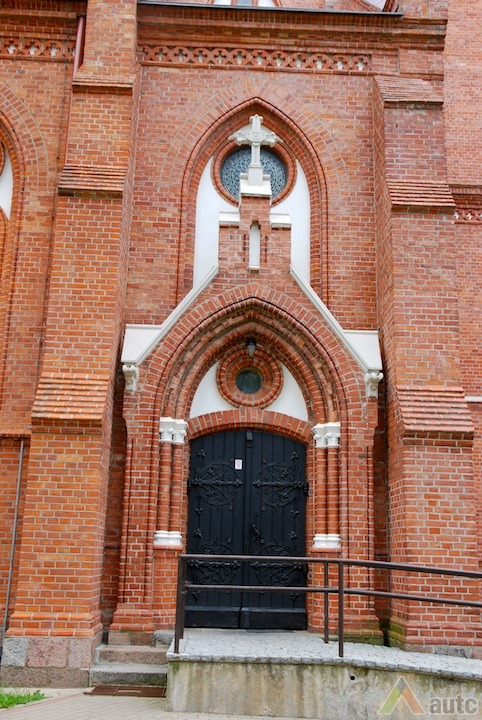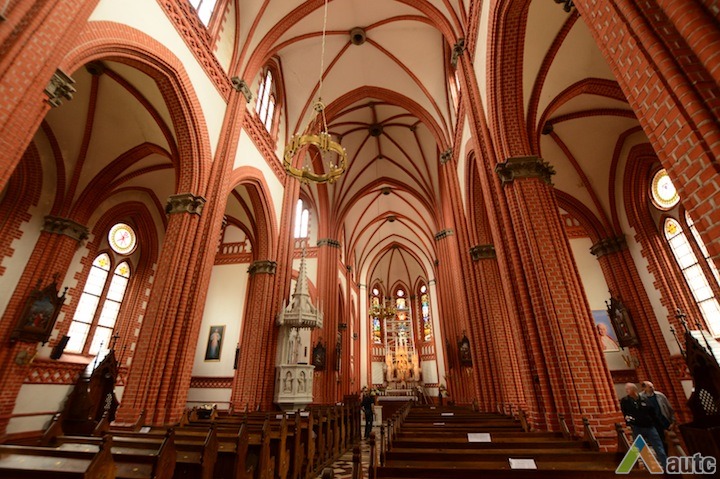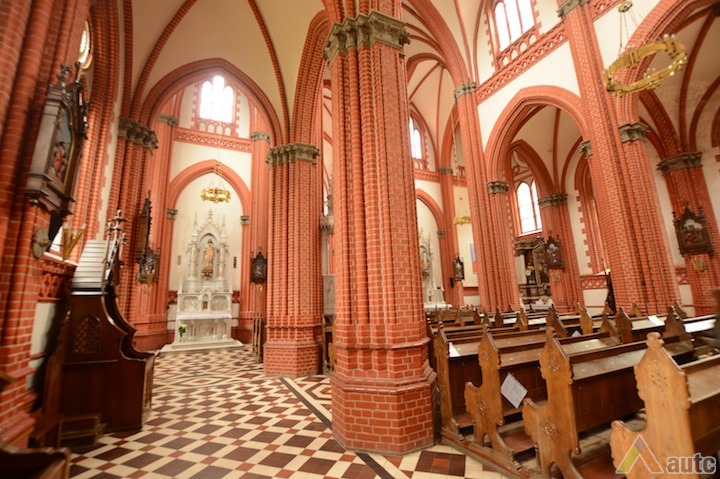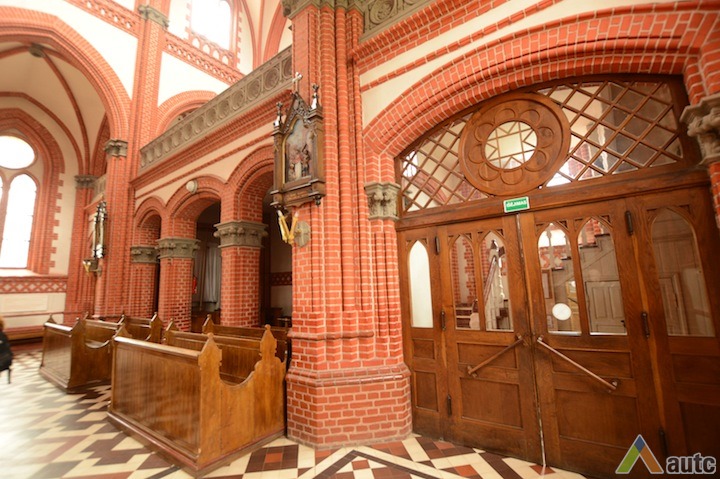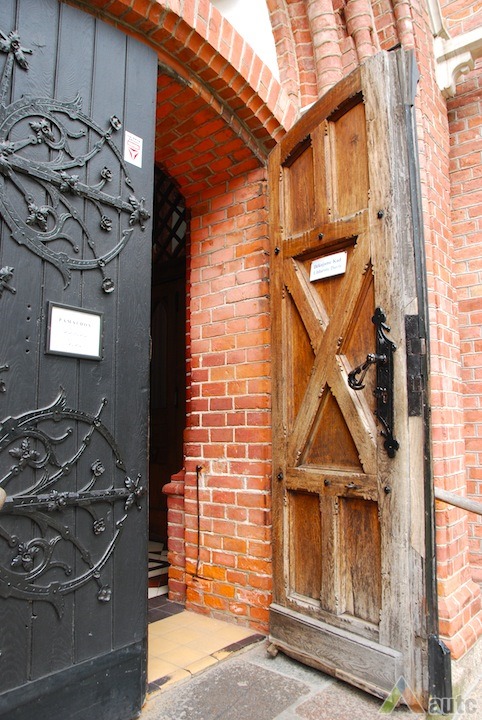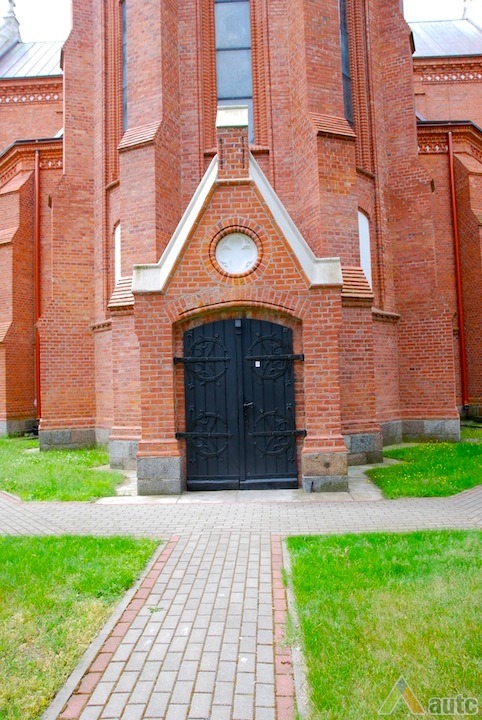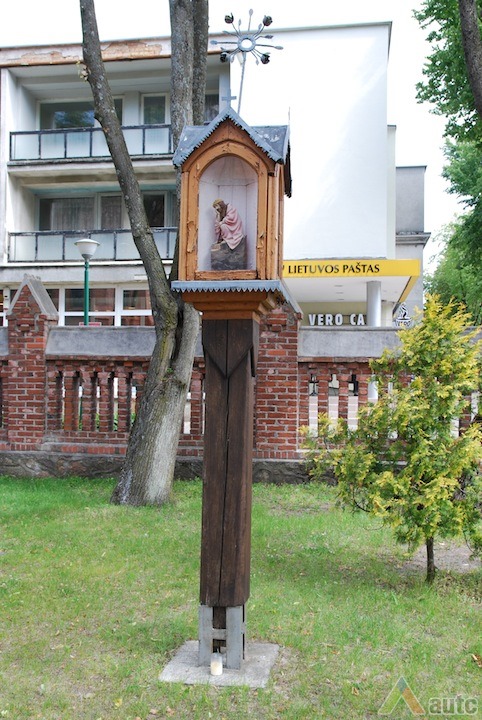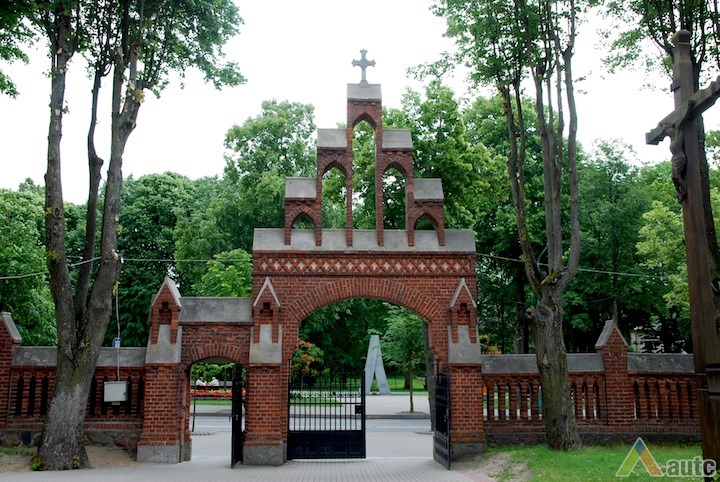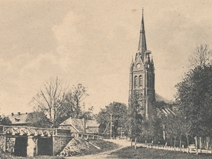
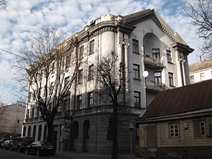
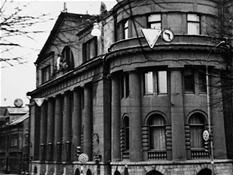


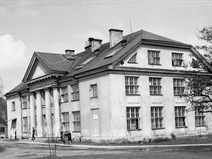
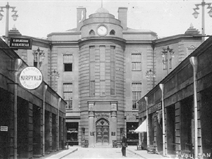
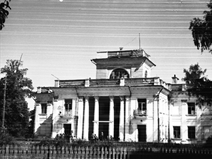
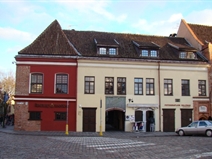
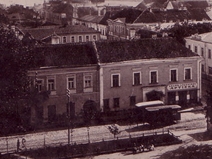
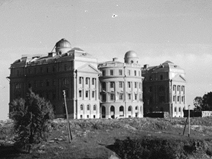
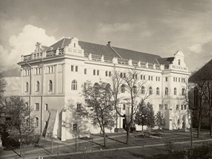
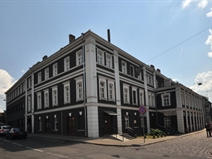
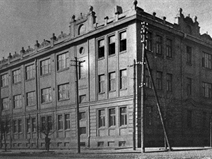
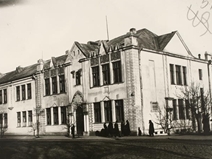

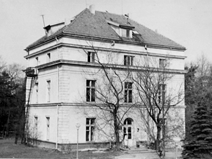
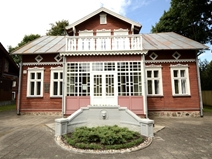
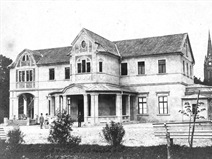
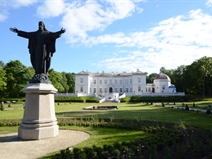

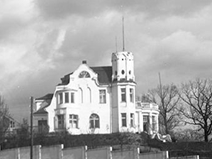
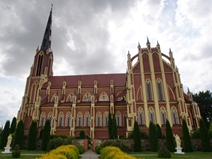
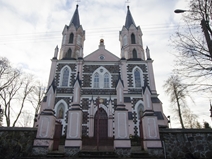

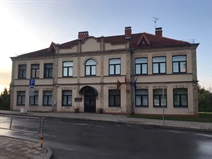
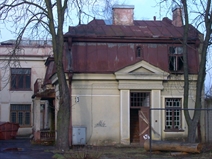
History of the Palanga Church, just like the history of the whole city is closely related to the family of Counts Tiskeviciai. It is interesting, that the name of the Assumption of the Holy Virgin Mary for this temple was given based on historic data, related to the worshiping of the Holy Virgin Mary and traditions that reach the pre-reformate epoch. In the territory of Palanga Botanical Park (Samogitian hill), when a gravesite of a woman, dated at 15-16 century, was examined, a shroud brooch with a Latin note Ave Maria was revealed. The burying together with the mentioned shroud was found next to the Lurd Grating, which was built by the Counts Tiskeviciai in the end of 19 century to commemorate the Holy Virgin Mary.
In the end of 19 century, Feliksas Tiskevicius, the owner of the Palanga mansion invited widely known European architects, park creators, who not only built the mansion palace, but also planned a new recreational zone in the Southern part of the city. The current church of Palanga was included into the programme of modernization. In 1896-1897, K.E. Strandman, a Swedish origin Architect, prepared a project for a brick church. It is worth to note that it was not the first architectural creation initiated by the Counts’ family. In 1893, K. E. Strandman projected a neo-Gothic Chapel-Mausoleum of the Tiskeviciai family in Kretinga Cemetery. It is believed that then F. Tiskevicius order the building of a brick church. The building of the new Chapel began in 1897 in the place of the old, wooden church, on its East end, though permission for the works was received only in 1899 due to political and confessional reasons. Construction works were led by an experienced Master Janis Mengelis, later – by Anziulis.
Construction of the new city’s church costed 90,000 Rubles. A part of the wall bricks (just like the main Altar gates) had been shipped from Liepoja, another – produced in the brick-house of Purmaliai Manor. The Altars and Confession Room of the Church were produced in Toulouse, while terracotta floor was shipped from the company “Marivill”. In the interior of the Chapel, slots for the Saints’ drawings were replaced by stained glass, produced by S. G. Zelenskis (sketch of Mateika), which were ordered in Cracow. After the priest Kazimieras Prapuolenis organized the installation of a German C. F. Rochlitz watch in Church Tower, the completion of Chapel’s construction can be considered 1931, even though the worships started in 1907.
In 1935, an art historian, I. Slapelis, noticed, that Churches of those days lacked creativity, as most of them were projected by two architects – K. E. Strandman and V. Michnevicius, however Palanga’s Gothic Church is worth everyone’s attention as it maintained the initial style. Built from red bricks, in a plan of a Latin Cross, the silhouette of the Church stylishly dominates in the city, being surrounded by lower buildings. The most graceful accent – a quadrangle tower in the main facade, with a 24-meter long peak. Its angles are emphasized by using double laddered abutments and the top is decorated by frontons with round slots. A rose made from a stained glass is built right over the portal arc. Next to the Church one can find a pentahedron apse. The side facades contain portals and widely decorated transepts. The interior is formed from tree naves, overlaid with crossing vaults. Neo-Gothic Church’s character is also emphasized by steeping multifaceted pilasters and pillars, with their edges expanded by holding arcs. Two Baroque style altars are still present nowadays, when they were replaced from the old wooden St. Rokas and Holy Transfiguration Church. Neo-Gothic mantle altars, confession room and balustrade were imported from France in 1907.
Rich history of the Church gave meaning to the re-rising Lithuanism, Samogitian identity, community existence and modernity. It was proved by the parish library, established by the Counts, money collected for Church purposes from public’s initiative, ordering of art works from foreign companies, incoming intellectuals and their cultural initiatives, which combined the pleasures of a spiritual and cosmopolitan life.
Viltė Migonytė
